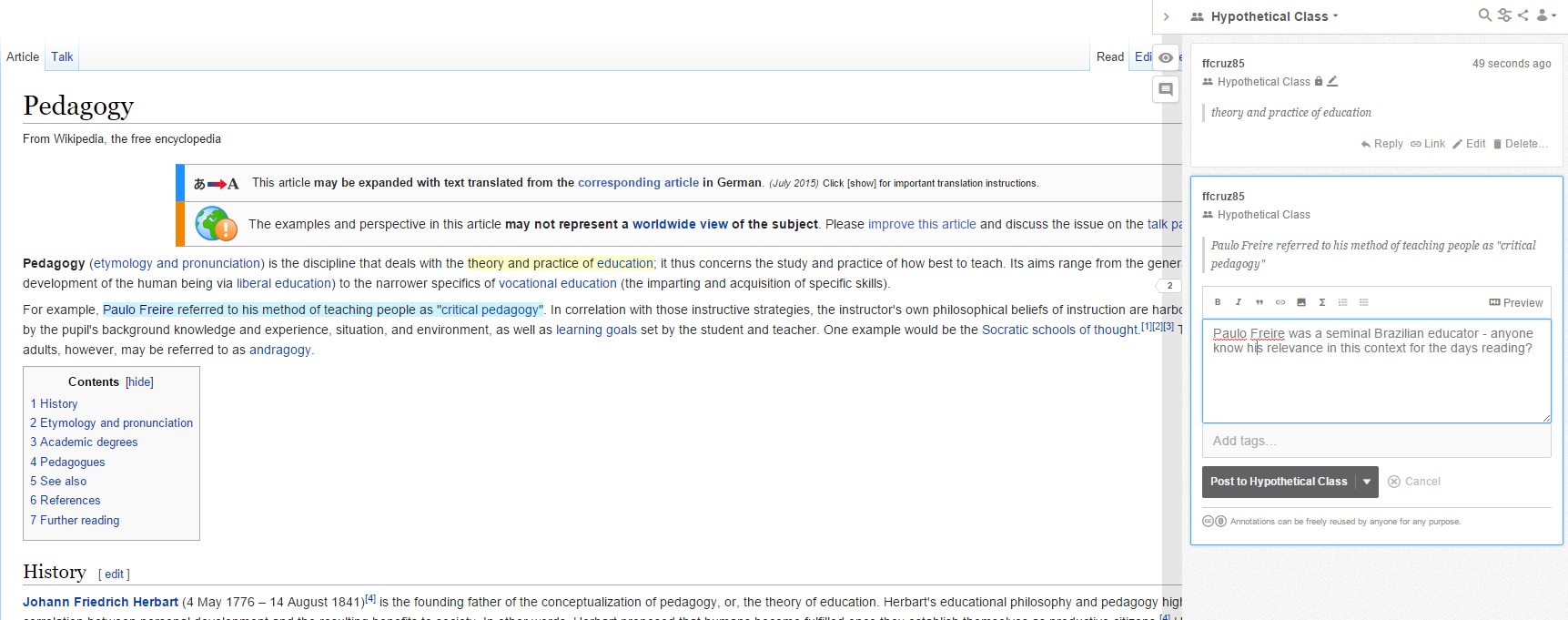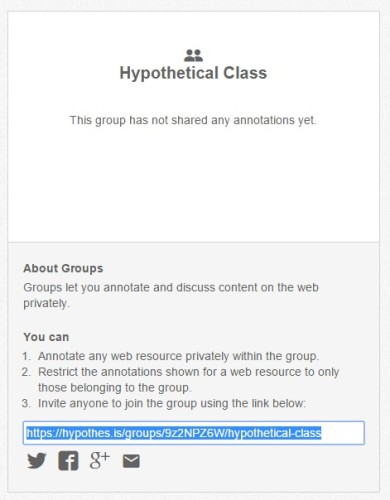Among teachers, silence is always a concern. You assign an intriguing, provocative and controversial reading to your students, hoping for a lively discussion in the classroom, a debate which will spark new ideas and lead to the questioning of old assumptions (assuming, that is, that students have in fact done the reading). But then, one is often met with silence. What went wrong? Did the reading not resonate with the students? Did they not find it interesting? Did they not get anything out of it that they thought to be worthy of discussion?
While there can be several complex causes to the deafening silence, as I will discuss below, many times the reasons are rather mundane, like lack of preparation or shyness. Some students, for instance, speak only after a long silence to reveal they have had an amazing insight but did not want to speak up until the discussion was already rolling. Others have great insights, but are afraid their ideas might fall out of the scope of the discussion, or differ too much from their colleagues’ understanding of what is relevant in a text. So here is my proposal for addressing these issues: have students start the discussion before stepping foot in the physical classroom.
This is an idea that came up during a recent workshop here at the DWRL led by Jeremy Dean of Hypothes.is, which is a great tool that allows users to comment and highlight any webpage or document on the web, and see annotations others have made. This is a great platform for discussions around a reading. In practical terms, teachers can make commenting on a document a requirement for the reading assignment.

This allows students who think their thoughts are not relevant to the discussion to see an ongoing discussion evolve, and find their place in it. For shy students, the benefits are quite obvious, it allows them to craft their arguments without the pressure of doing so with all eyes on them. Furthermore, requiring participation in this platform could probably help ensure that more students do the reading, because they can’t get away with not reading and trying to ride off class time in silence – especially if online discussion is made into a component of the grade.
Jeremy Smyczek, on our pedagogy blog, points out that there are many reasons for the dreaded classroom discussion silence – many of which have nothing to do with the teacher or class itself. To put in his words, there are many causes for that potential silence: “personal preoccupations, honest shyness, developing language skills, cultural aversions to drawing attention to themselves, fear of peer disapproval, and the feeling that they just don’t know enough or haven’t concretized their thoughts enough to make them public.” His solution is rather ingenious: to allow students to discuss non-verbally. Rather than speaking in class they can all anonymously type into a blank Google doc (which assigns users without a log in the name of an animal). While Hypothes.is does not lend itself to anonymity in that way, it does allow for the creation of private discussion groups, so that the students’ comments are not made available to the whole internet – unless that is the point, such as with some assignments where professors instruct students to edit Wikipedia articles.

Smyczek’s solution for participation, as well as Sara Riddick’s post about discussing stereotype’s in the classroom, deal with serious issues such as the lack of classroom discussion because of uncomfortable topics and a desire for anonymity. The solution I am offering here doesn’t deal with all of these issues, and I suggested you read their posts on the matter for more guidance. But using a tool like Hypothes.is to preempt that silence with collaborative discussion and active reading before students come into the classroom can be very helpful to enliven your classroom discussions.
Besides being beneficial to classroom discussion, it also has some simple, pragmatic benefits for the teacher. If you are someone who requires students to write responses to reading, this is a much better way to receive and grade them than getting a stack of paper at the beginning of class. It can also be an easy way to grade for participation and reading, as you have a quick electronic record of students’ attempts to engage with a reading.
I would, however, like to take it one step further. Hypothes.is has a public API, meaning that one can write software to interact with this particular tool. So in the next few months I will be coding, or trying to code, a tool to rake students comments from an assigned reading. The idea here is twofold: such a tool would give you a list of students who participated for grading purposes, but also give you a document summarizing what students have said about the reading. I hope this could be of great help to teachers, encouraging active reading and allowing them to already know what students are thinking ahead of time, allowing them to craft the classroom discussion or content accordingly.
It is a simple solution to a complex problem, but I think Hypothes.is could be a great part of your teaching toolbox. If anything, let this be a another note on this discussion on discussions.




